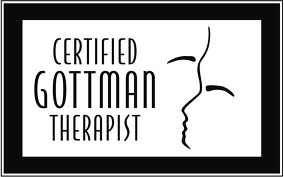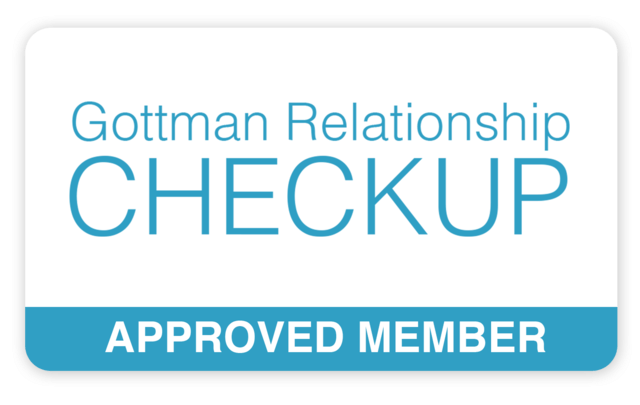
Being able to hold opposing emotions is one of the hallmarks of good mental health. Something can be both bitter and sweet, and we tend to feel that we must pick sides. To our confusion, we often can’t stick with one or the other feelings — either getting pulled back and forth, or stuck in one or the other. Getting mired in the bitter side can lead to depression, but the sweet side has its own pitfall, such as denial about problems.
What does it take to hold the tension of the opposites? A willingness to acknowledge that we can be both happy and sad, weak and strong, and that we are in a continual state of change. If we can’t accept that impermanence underlies life, we can be badly rattled when fortune’s wheel turns for the worse, or overly elated (and sure that things won’t change) when it turns for the better. We must learn to live in between, alongside the difficult and the pleasant. When we taste only sweetness, then bitterness will not long follow — because nothing lasts forever.
We are living through a historic pandemic that’s made more acute by the daily (or hourly!) news we get on the ever-present phone in our pockets. Adding to the constant angst is social media, frequently showing a rosy view of other people’s lives— the victory garden that is blooming like crazy, the family game night, Instagram-ready special recipes . All of these are examples of how we have made sweetness of a difficult situation, but they don’t tell the whole story. They can also serve as stark reminders of all we had intended to do in the weeks of our confinement leading to feelings of loss that, that when combined with daily news of deaths, disease, and economic hardship, are very real reminders of the bitter side of life.
These painful feelings can include missing our friends, seeing our child deprived of a real graduation ceremony, and worrying about front-line health care providers and essential workers who make other people’s lives easier. They’re certainly not getting time in their garden or finding creative ways to make a meal.
Holding opposites in tension is based on an awareness of both good and bad, which are both always present as forces in the world and within us. It takes a great sense of balance to live with this paradox, and it’s rare to remain in the place of balance for very long. The reason is that our thoughts and emotions will tug at us continually pulling us all along the spectrum from bitter to sweet and back.
When I first started writing this blog, I called it “Creating Well-Being.” That title no longer fits my thinking about suffering and growth. It does not represent the complexity of how we live in a world full of trauma, inequality, and paradox.
In my thirty years as a psychologist I have been seeing clients grapple with the paradoxes in their lives and within themselves. One wants to be good and moral, yet has affairs that he knows would hurt his wife; he’s unable to stop himself, unable even to see that he’s hurting himself too by being pulled apart. Another stays silent about years of sexually abusing a younger friend when they were kids, meanwhile marrying and starting a family with the burden of shame and guilt weighing him down. And often we externalize these negative and difficult feelings, because it feels safer to blame another person, a job, or our lot in life for all that we don’t want to look at in ourselves. Instead of growing, we’re stuck.
Psychotherapy is about finding the syntheses of opposites. A helpful technique is looking for what’s left out of a clients’ narrative. Carrying secrets creates turmoil; the omitted truth wants to be heard, on levels that range from the faintest whisper in the back of the mind to a gnawing pain that keeps us tied up in knots.. ; When we ignore our full reality and drive awareness into the unconscious, we perpetuate default patterns that prevent us from becoming whole. It takes courage to open ourselves and allow a fuller view of consciousness to dawn. Expanding of one’s being means an enlargement, and enrichment of the personality and is no easy task — arduous, but enlightening.
The archetype of the shadow can be seen in many stories, such as Dr. Jekyll and Mr. Hyde, or in f Frankenstein, written by Mary Shelley in 1812. It struck a huge chord with the public as a profound example of the risks of disowning our dark side. In the story, Dr. Frankenstein is consumed by the needs of his ego to create life out of death. He works tirelessly, manically stitching together the parts of dead bodies to create his masterpiece. Avoiding all human contact for years, he is eventually successful in his ambitions. But on seeing the creature he made, he recoils, calling it The Monster and abandoning it without a thought. He betrays his own creature, and it catches up to him, finding revenge in destroying the people Dr. Frankenstein loves most.
There is a bit of Dr. Frankenstein in all of us. We pursue our dreams and then when they do not satisfy us in the way we had expected, we abandon our creation — which has its revenge in keeping us from full aliveness and wholeness. Or, because we’ve all been hurt, betrayed, or abandoned in some way, these unprocessed wounds can create a monster that’s embittered, enraged, and revenge-seeking, even taking the shape of self-harm.
The poem “As I Walked Out One Evening” by W.H. Auden speaks of a healthy tension of opposites, which acknowledges the contradiction and beauty of human experience:
‘O look, look in the mirror,
O look in your distress:
Life remains a blessing
Although you cannot bless.
‘O stand, stand at the window
As the tears scald and start;
You shall love your crooked neighbour
With your crooked heart.’
Personal growth through whole-hearted openness can heal the split within ourselves, unifying opposites and defeating divisiveness. It is then that we can love our crooked neighbor with our own crooked heart.
- Teletherapy–One Year Later - April 26, 2021
- Passion and Sex in Long-Term Relationships - January 1, 2021
- (home video area 2 – mindfulness) - December 1, 2020



Leave a Reply